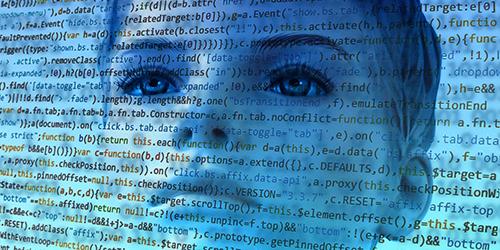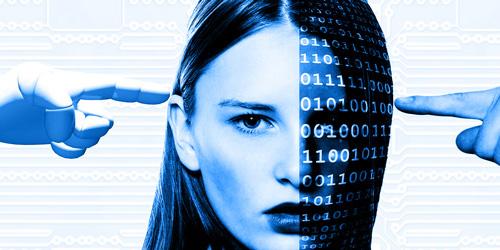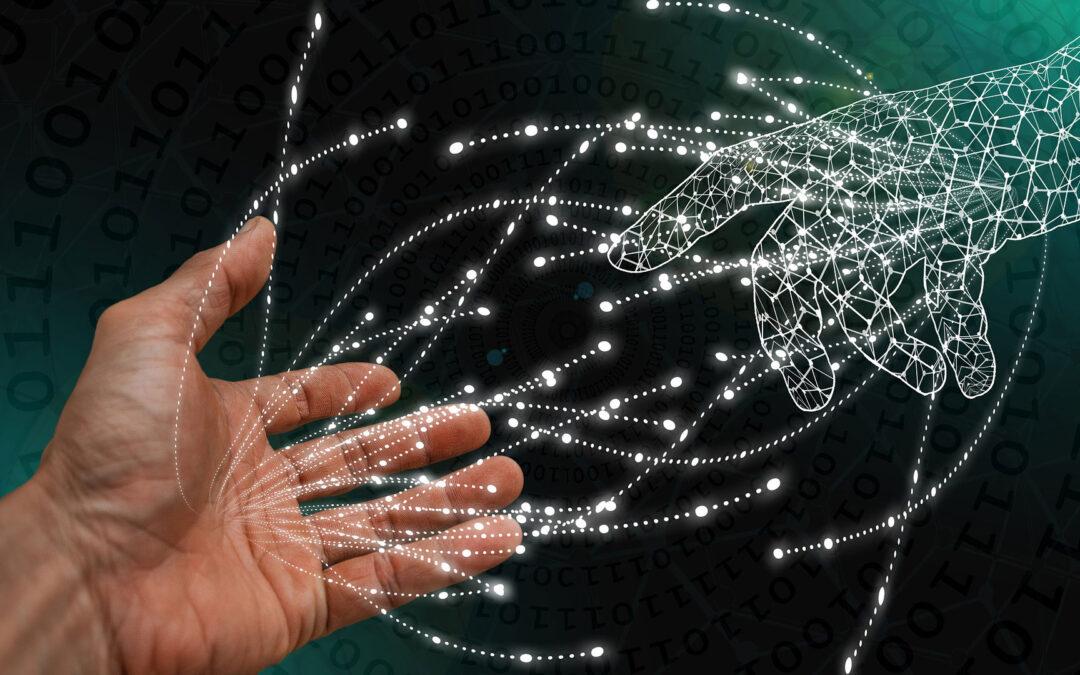Technology is a means, not an end. Innovation is not buying the latest hardware or software on the market. The sooner we will be able to make this our mantra and the sooner we will be able to evolve in a world in which technology is not seen as opposed to the human, but as an extension of human capabilities.
Be wary of technology as a magic wand
Technology, by definition, was created to solve problems and optimize processes.
The Treccani vocabulary describes it as a: “Vast field of research made up of different disciplines, which has as its object the application and use of technical tools in a broad sense, that is all of this (including mathematical, computer and scientific knowledge) which can be applied to the solution of practical problems, to the optimization of procedures, to making the decisions, to the choice of strategies aimed at certain objectives “.
So far, we are in an agreement, but it is certainly not the magic wand that many people expect.
The ultimate purpose for which a technology is adopted (which is therefore the means of realization) can be twofold:
- Creating knowledge from data
- Solve practical problems
In this article, we are interested in the first point. By processing data, we can have valuable information (knowledge) that helps companies improve processes, strategies and decision making.
However, a technology in the company is not the same as innovating or automatically improving processes and strategies, especially if there is no “digital” culture to support the change. Furthermore, the choice of instrument is also fundamental. If it worked for other companies, it doesn’t mean it will work for ours. The ideal thing would be to have a tailor-made tool that blends corporate culture, business needs and technological advantages together.
Human and Technology as opposites
Technology schematizes, simplifies reality and manages to work a large amount of data in a very short time. However, it only manages to process correctly what it has been “trained” to recognize. This comes into conflict with the human mind which instead constantly changes patterns and creates new ones.
The main problems of human-machine interaction arise from this difference. The idea of technology as something totally opposite to human has now entered our culture. Conceptually we speak of “Artificial” Intelligence and “Human” Intelligence.
Transitive Intelligence: man-machine synergy
For society to evolve in a “digitally sustainable” way, there is a need, on the one hand, for a more flexible technology that adapts to human changes and, on the other, for man to place his own heuristics at the basis of technological introduction and your own intelligence.
We will reach the long-dreamed human-machine synergy when we finally approach technology as an extension of human capacity.
In Pragma Etimos we like to call it Transitive Intelligence. It is “intelligence” which is the result of the combination of data intelligence, AI, and human culture, which creates a flow that starts with man, passes through the machine, and finally returns a value.
MORE TO EXPLORE …

THE RETURN OF TECHNOLOGY TO “HUMAN”: THE EXPERIENCE OF PRAGMA ETIMOS
Pragma Etimos: Let’s discover the point of view of a young Computer Vision ” Technique does not have any goals, it does not aim at human progress. What does the technique will aim at? It wants to be independent; it wants the development. Why? Because it has…

WHAT IS THE CONNECTION BETWEEN HUMAN INTELLIGENCE AND ARTIFICIAL INTELLIGENCE?
We have created Artificial Intelligence (AI). The idea is to make the machines able to simulate typically human capabilities such as reasoning, learning, planning, to achieve certain objectives. The question arises: have we succeeded in our intent? We reason together…
It is a short sentence. Data is vital energy. I hope to create a great news.
In conclusion Semantic Clustering is cool. I talk about it t. As a result, it fell over.
Data Intelligence is very important. Today we talk about Semantic Clustering.
I enjoy his company because he always tells interesting stories. For example about Data Cleansing.
Data Cleansing is Data Quality. Infact, they clean data and transform them in quality data.
This article is usefull? Great! In this paragraph, I’m going to discuss a few reasons why practice is important to ICT skills.
Fantastic!
Whats the name of V of Big Data?
Velocity, Value, Vericity, etc. For example, yuppy. Moreover, that number rises to as much as 90% when you put theory to practice. In conclusion, following up explanation with practice is key to mastering a skill.
The passive voice is a monter, moreover. Firstly, the only way to truly learn a skill is by actually doing what you’ll have to do in the real world. Secondly, I think practice can be a fun way of putting in the necessary hours.
Data intelligent is on the table. Are you sure? Yes, I, am. It is fantastic! I’m tired. Therefore, I’m going to bed.
It is a branch of LNP.

